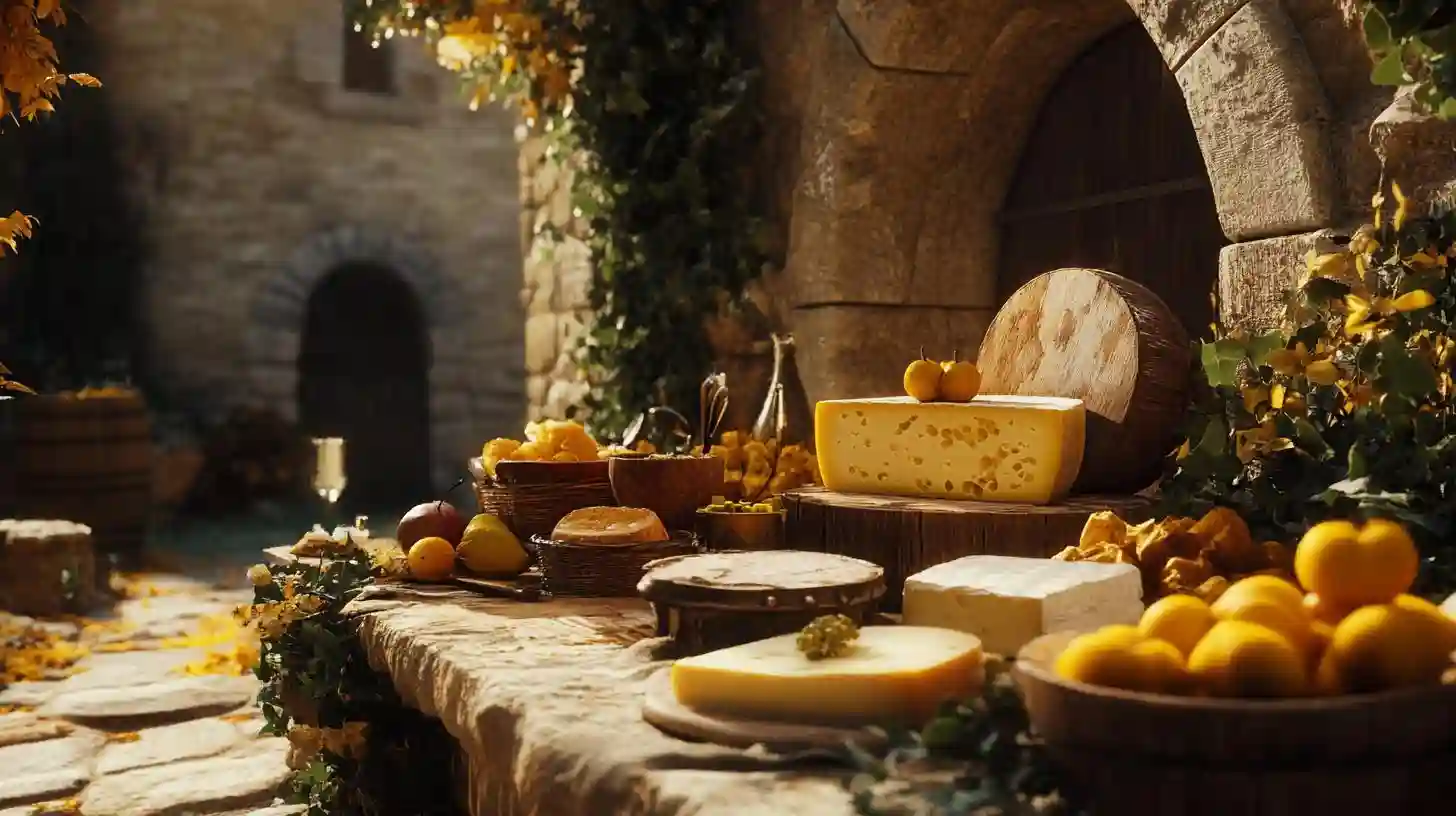
Cheese has been an integral part of human culture and civilization for thousands of years, with origins that trace back to ancient times. The earliest evidence of cheese-making dates back to around eight thousand years ago, when humans began to domesticate animals and develop pastoral lifestyles. This new way of life led to the discovery of how milk could be transformed into various delectable forms. Archaeological findings suggest that ancient Mesopotamians and Egyptians not only enjoyed cheese but also incorporated it into their religious rituals and daily meals.
The methods of cheese production have evolved over the centuries, influenced by geographical, climatic, and cultural factors. In regions with abundant livestock, cheese became a staple food source, providing essential nourishment and a means to preserve milk. The introduction of rennet, a natural enzyme from the stomach of ruminant animals, revolutionized cheese-making and allowed for a variety of textures and flavors. The art of cheese-making became a significant part of local traditions, with families passing down recipes through generations.
During the Middle Ages, monasteries became centers of cheese production in Europe. Monks, known for their devotion to craftsmanship, refined the techniques and began creating distinct regional cheeses. White cheeses from Italy, hard cheeses from the Netherlands, and blue cheeses from France all took shape during this period. Each type of cheese reflected the local culture, climate, and available milk sources. As they sought to innovate, artisans began to experiment with different aging processes, affinage, and the incorporation of herbs and spices, leading to an explosion of cheese varieties.
The Renaissance marked a period of profound appreciation for food in general, and cheese was no exception. European nobility and wealthy merchants developed a taste for gourmet cheeses, often commissioning special recipes and visiting the dairies that produced them. The trade of cheese flourished, with specialty markets emerging in cities across Europe. This newfound admiration established cheese as more than just sustenance; it became a symbol of luxury and sophistication.
As the modern world took shape, industrialization revolutionized cheese production. The creation of large-scale dairies allowed for mass production, making cheese widely available to the populace. However, this shift also led to a decline in traditional cheese-making methods, as artisanal practices were overshadowed by commercial interests. The rise of processed cheeses became prevalent due to their convenience and longer shelf life. Yet, even amid this growth, a strong undercurrent of appreciation for artisanal cheese persisted.
In recent decades, there has been a resurgence of interest in handcrafted and artisanal cheeses, as people seek authentic experiences and flavors. This modern appreciation for cheese is often intertwined with movements that emphasize farm-to-table practices, sustainability, and the celebration of local producers. Cheese festivals have become popular gathering places for enthusiasts, where they can indulge in tastings and learn about the various regional styles and production techniques.
Social media has also played a significant role in this renaissance. Platforms like Instagram and Facebook allow cheese makers to showcase their products, share their stories, and connect directly with consumers. This visibility has led to a growing demand for unique and high-quality cheeses, prompting a new generation of cheese-makers to experiment with flavors and presentation. Cheese boards have become culinary art forms, attracting attention and admiration through stunning visual displays and curated selections.
In addition to the culinary enjoyment, cheese is increasingly recognized for its health benefits. Naturally rich in protein, calcium, and probiotics, certain cheeses can play a beneficial role in the diet when consumed in moderation. Nutritional studies have shed light on the positive effects of cheese, further enhancing its appeal in contemporary society.
Around the globe, cheese continues to adapt to changing tastes and preferences, embodying both tradition and innovation. Festivals and farmer's markets celebrate local artisans, encouraging the exploration of diverse textures and flavors. Chefs experiment with cheese in creating bold fusion dishes, blending cuisines and pushing culinary boundaries. Cheese-pairing events and educational workshops promote an appreciation for the complexities of flavor profiles, elevating the status of cheese beyond that of a simple accompaniment.
The lasting allure of cheese lies not only in its flavors and textures but in the stories it tells and the connections it fosters among cultures. From ancient nomadic tribes to bustling urban centers, cheese remains a beloved culinary staple that transcends time, inviting both admiration and exploration. As the world continues to embrace its rich heritage, cheese will undoubtedly continue to inspire countless palates for generations to come.